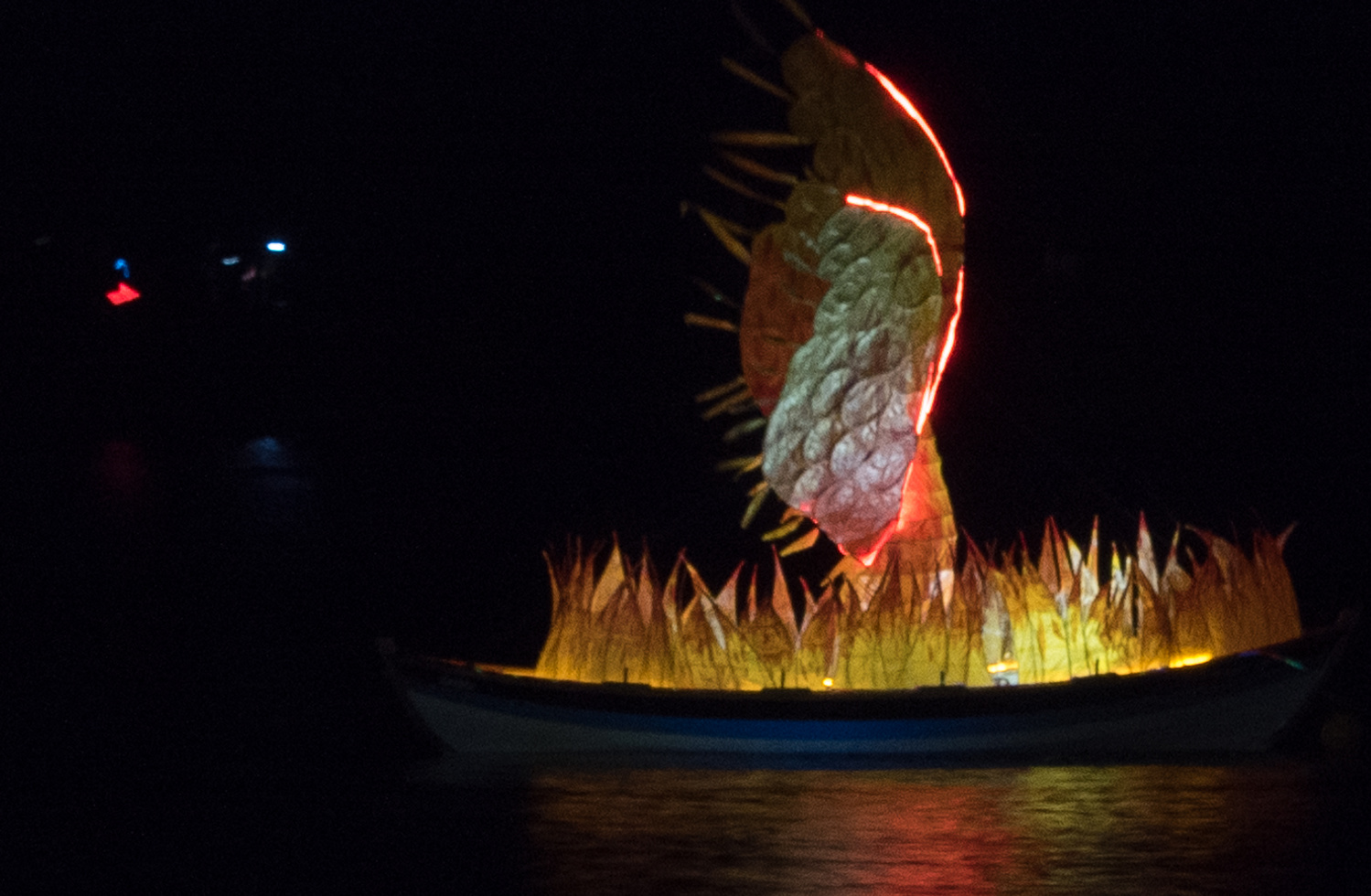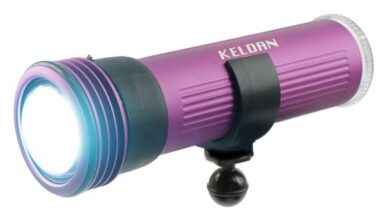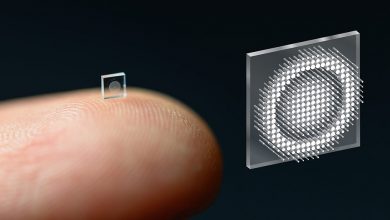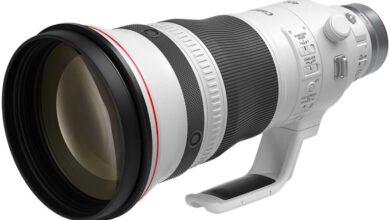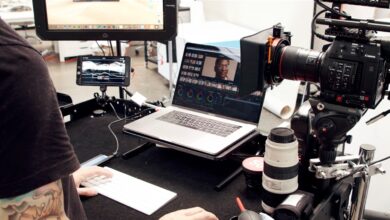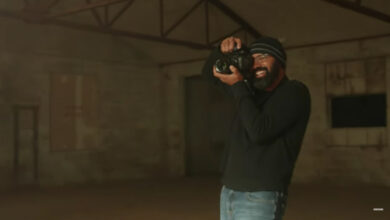Software wars: Can Capture One Pro beat Lightroom Classic?

Capture One is renowned for its image quality but comes with a high price tag. Does it live up to its reputation and is that extra cost worth it compared to other programs? I tested it side-by-side with Adobe Lightroom Classic.
if you read my previous post, you’ll see that I’m testing the raw files of different cameras in Lightroom Classic. Using Lightroom as a benchmark, I now compare how the same images appear in other programs, and my first stop is Capture One. I hope you will refer back to that article to compare some results.
Capture One Pro has a very different layout than Lightroom and that took me a bit of time to get used to. From a digital asset management DAM perspective, the scope of functions is very similar, but they are presented and operated in very different ways. I prefer the layout in Lightroom, but that might be because I’m used to it. That said, the workspace in Capture One is customizable.
An even more significant difference lies in the way the adjustment sliders work. For example, the contrast slider in Lightroom emphasizes darkening the shadows to increase contrast. Meanwhile, in Capture One, the overall effect is to lighten and darken the negative poles of the image much more evenly, perhaps even emphasizing the brightness. Other sliders, such as Saturation, have less effect on more saturated colors and more on deeper shades.
I ran the same photos through Capture One as I did with Lightroom for my previous post. I have also tested a few more but have not included in the article due to copyright reasons. There is a significant difference.
These tests are just image quality results on raw files straight from the camera. Raw files can be adjusted. Each program is unique and has its own extras besides its raw engine algorithms. Therefore, other factors may convince you to use one program or another. Furthermore, I don’t have the resources to test every camera on the market and certainly not in the same lighting conditions.
Where appropriate, I mentioned that I developed the photos to achieve what I thought was better results. However, these results are subjective, so I have included them only to illustrate a specific point. Furthermore, as I said before, I have more experience in adjusting images in Lightroom Classic than in Capture One. So others will be more skilled. So they might get better results than I did.
Camera brand-specific test results
Nikon and Capture One
In my previous post, I said that Nikon users will be satisfied with the resulting image quality if they own Lightroom. Now that I’ve tried Capture One, I’m amending that statement. Nikon users will be pleased with the image quality of Lightroom Classic but will probably be more satisfied with Capture One.
With Capture One at default values, the raw preview with Nikon images is darker and sharper than in Lightroom. In the test shot, I could see each pine needle on the tree much more clearly when zoomed in at 100% in Capture One.
There is more contrast with the unadjusted image. This gives the overall effect of the preview image a darker look. Even though the shadows are darker, I increased them without creating any noise in the image. There is also very little evidence of noise in Lightroom when the image is viewed at 100% zoom with increased shadows.
Another thing Capture One did better was handling general color adjustments. With landscape shots, I reduced the highlight slider and the light blue in the sky became clear. In Lightroom, to achieve the same effect, it was necessary to significantly increase the Vibrance slider. However, that oversaturated the green of the trees and the yellow in the grass, which then needed to be adjusted in the HSL panel.
Skin tones in portraits also look bright and vibrant, and colors appear accurate. This is not true of all camera brands.
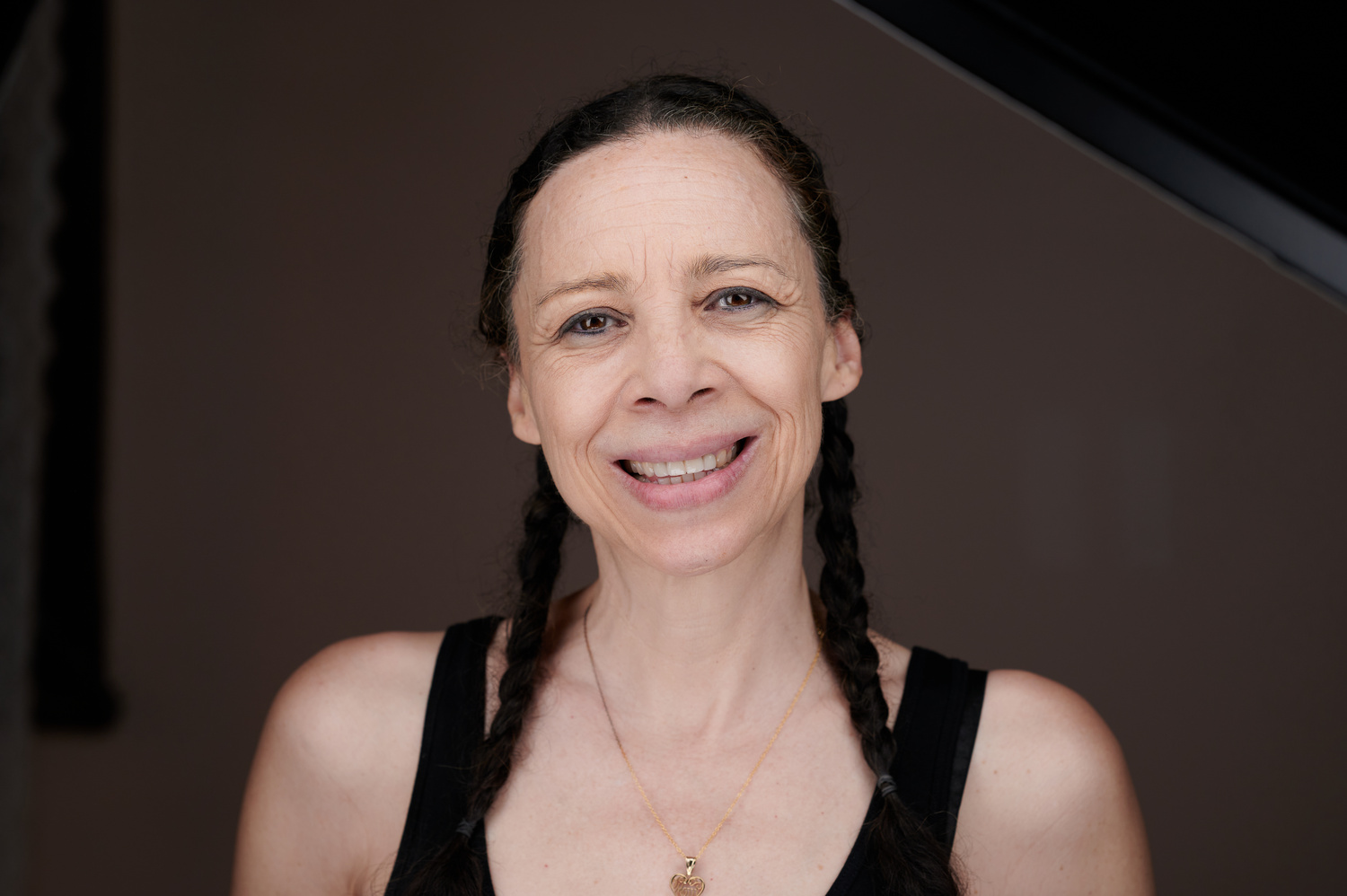
Canon and Capture One
The overall look and feel of the default image is similarly improved in Capture One compared to Lightroom Classic. Images are more dramatic and fine details are sharper when zoomed right in.
As I reported in my previous post, Lightroom doesn’t reproduce colors accurately, and this difference is obvious when comparing the same photo with Capture One and Lightroom. The blues of the model tops look purple in Lightroom Classic, while they are more accurate in Capture One.
Similarly, by default, skin tones in Lightroom appear flat in Lightroom, while Capture One produces bright and dramatic results. Increasing the brightness of the shadows in both programs produced similar levels of noise, although this was well controlled in both programs.
OM System and Capture One
The results from Capture One with raw files from the OM System didn’t surprise me. Some of the top professionals use the image development system in Capture One for a good reason: the resulting images look much better. I agree.
In Capture One (right in the photo above), the overall exposure is much closer to what one sees through the viewfinder; it’s brighter. I noticed that Lightroom reduced the exposure by at least half a stop.
To my surprise, in the image shown above, I was able to fully restore the sun’s burnt highlights without them turning gray in Capture One; I need to reduce the exposure by 1.5 stops for that to happen. By comparison, with Lightroom, although the overall image did look darker, it had to be reduced by 2.1 stops to do the same and the sun became an opaque grey.
One would expect the opposite to be true on the other end. In contrast, an overexposed image required 2.46 stops of exposure adjustment to restore shadow details, and only two stops in Capture One. This shows that the effective dynamic range when using Capture One is greater than in Lightroom.
However, there is one area where Lightroom outperforms Capture One. In the low-light shot at night, +2 EV was added to the exposure during processing. Some faint reds and blues are reflected in the water, seen in the center left of the heavily garbled images above. Lightroom Classic (left) can restore these colors, but Capture One (right) can’t see them. Even with adjustment, only tones appear and they have no color. However, the rest of the image looks much better when processed by Capture One: most colors are more saturated, and there’s no digital artifacts visible in the Lightroom version.
As I reported in a previous post, Lightroom’s big flaw is that it creates some nasty digital artifacts with OM System files at default settings. By default, all images are over-sharpened and even reducing sharpness to zero leaves some grain. These problems do not occur with Capture One, which produces clear images with little visible noise even with increased luminance of the shadows.
Sony and Capture One
One brand that makes it less likely for me to switch from Lightroom to Capture One is Sony, but only for one specific reason.
Exposure differences with Lightroom images with OM System cameras were apparent with Sony’s raw files. However, even though Lightroom images appear darker, the browns in Capture One appear darker and have more of a yellow tint. Thus, in Capture One, a man’s brown face appears jaundiced at default values. This is not obvious with white models. If you take pictures of people of color, the combination of Sony and Capture One may not seem like a good choice. I struggle to get the correct skin color.
Here are the live results from the camera. Lightroom on the left and Capture One on the right.
`
I’m sure some readers photograph people of color with Sony cameras and develop in Capture One. If that were you, I’d be happy to hear your experiences in the comments; I fully accept that it may be due to my lack of experience with the program.
The strange thing is that when I compared the same image of a white mountaineer in the two programs, the subject appeared more yellow in Lightroom. Again, Capture One is on the right in the following comparison image.
Capture One produces brighter previews of Sony raw files than Lightroom Classic. Furthermore, Adobe’s program also produces some nasty-looking artifacts with images taken at ISO 400 that aren’t in Capture One. Additionally, the shadow restoration in Capture One results in less noise.
Fujifilm and Capture One
You may remember from my Lightroom tests that it performed poorly with Fujifilm images, lacking green detail. Again, the results could be better here, although they are much improved over the Lightroom Classic offering.
Noise control is very good in Capture One. Like all modern cameras I’ve tested, noise is no longer an issue these days.
While chromatic aberrations were very noticeable at default settings – Fujifilm lenses were the only lenses I tested that showed it to be significant – they were eliminated by checking the appropriate box in the lens control panel. . In addition, its removal does not leave a thin halo, as can happen with Adobe programs. I don’t know why that is not checked by default.
All the colors are darker and more saturated in Capture One than in Lightroom, and the grays are a bit warmer, making the landscape look richer. This warming seems to be less in the Sony images. By comparison, the default version of Lightroom seems mushy and needs more punch.
What I like and what can be improved in Capture One
Compared to Lightroom, in most cases Capture One’s image results compare favorably with Lightroom’s. Where it lags behind when using defaults. It can be adjusted to match or surpass Lightroom. I was also able to adjust Lightroom to match Capture One’s default image, but in most cases, except for Sony portraits, I was able to achieve much better results with Capture One.
Across all brands, images look more vibrant, have better contrast, and have better detail. Furthermore, noise reduction doesn’t make photos look muddy like Lightroom’s tool does.
I like Lightroom’s layout better. I find it more intuitive, but that may be due to its familiarity; I’ve been using it for years and Capture One is still new to me.
However, the elephant in the room is the cost. The the lowest subscription price is $179/year, about $60/year more than Adobe Photographer Plan and you get more tools from Adobe; it includes Photoshop and its mobile cloud service. However, if image quality is of prime importance to you, you do most of your work in raw development, and you have a flexible budget, then Capture One is a good choice.
That doesn’t make Lightroom Classic a lousy program for image development. If it does, it won’t be as successful as it should be. However, as these real-world tests show, there are other options, and Capture One produces excellent results. But is it the best?
Next time, I will review DxO PhotoLab 6 and see how it compares to Lightroom Classic. Will it do an even better job than Capture One?
I would like to once again thank my fellow writers for generously sharing their images for me to play with: Used with permission of Peter MorganCanon; Gary McIntyre, Fujifilm X-T5 and Nikon Z 7II; Andy’s DaySony a7 III and John RicardSony A7 and Nikon Z6.



